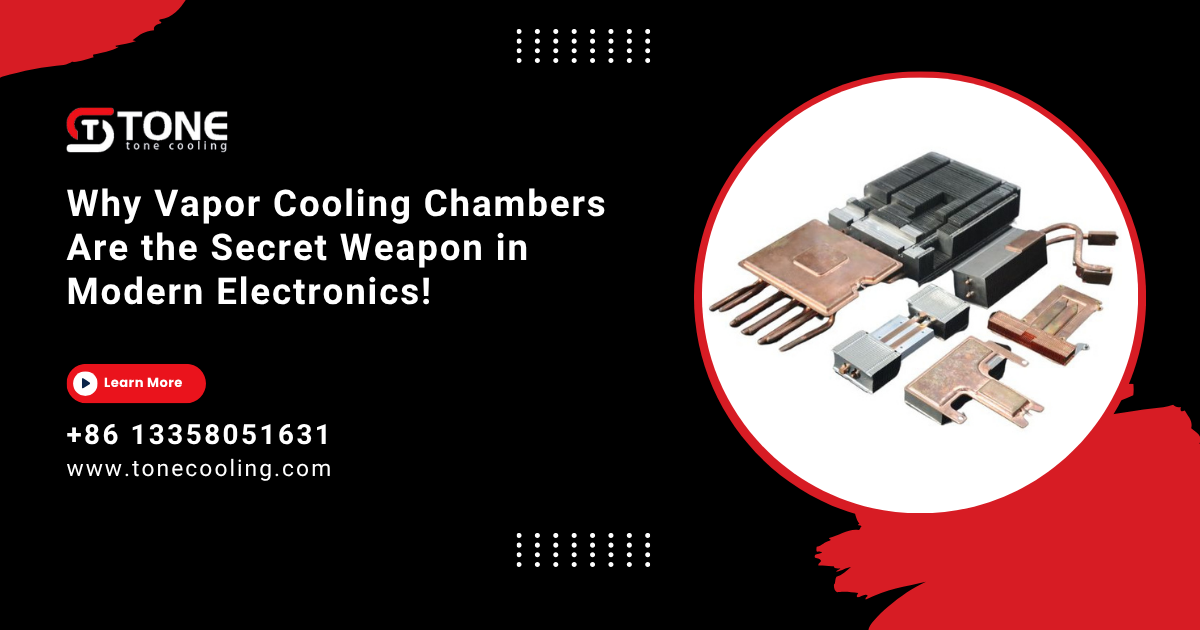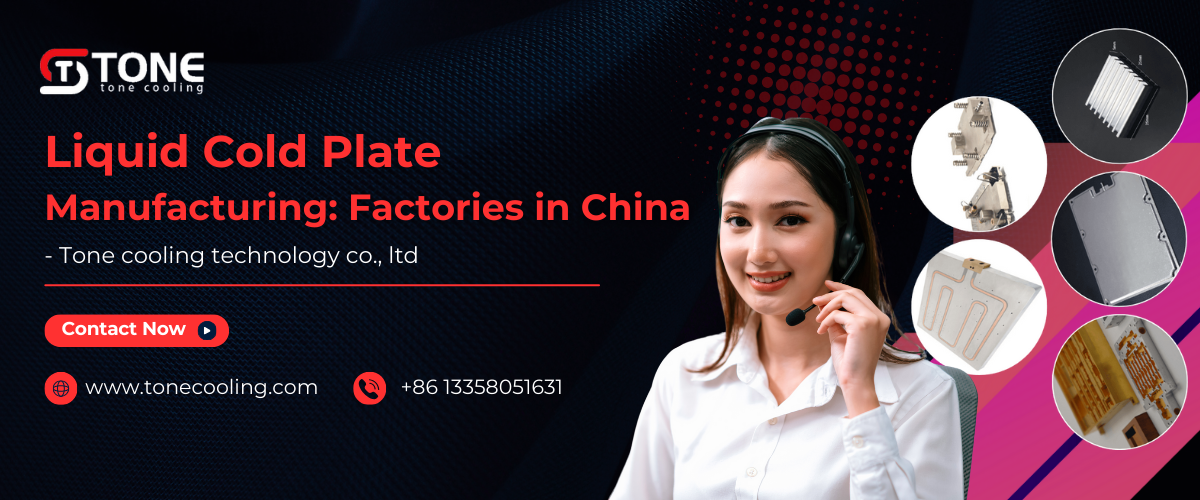
In today’s hyper-connected world, devices are becoming faster, smaller, and more powerful. Yet with that increased power comes one often-overlooked challenge: heat. In addition to performance, longevity, and safety are impacted by efficient heat management. That’s where the vapor cooling chamber steps in as a game-changing innovation.
These seemingly simple components are quietly transforming the way our gadgets work. From your smartphone to high-end gaming PCs, vapor cooling chambers are making their presence known. But what exactly are they, and why are they being hailed as the “secret weapon” in modern electronics?
What Is a Vapor Cooling Chamber?
A vapor cooling chamber (also known as a vapor chamber) is a flat, sealed metal enclosure that uses the science of phase transition to distribute heat evenly across a device. Inside, a small amount of liquid turns into vapor when heated, spreads out, and condenses back into liquid as it cools, repeating the cycle.
This system allows for rapid heat dissipation, especially across larger surfaces. Compared to traditional heat sinks or fans, vapor chambers offer thinner profiles and much better performance in confined spaces.
How Vapor Cooling Works
To understand this, think of how your skin cools you off through sweating. In addition to performance, longevity, and safety are impacted by efficient heat management. Similarly, in a vapor chamber, liquid turns to vapor at the heat source (usually a processor or GPU), then travels to a cooler part of the chamber, releases its heat, and turns back into liquid.
This continuous loop effectively spreads the heat across a large surface, reducing hot spots and keeping sensitive components cool.
Evolution of Cooling in Electronics
Cooling systems have come a long way. Initially, devices relied on basic heat sinks—metal blocks that absorbed and dissipated heat. Fans soon joined the party to help push hot air out of devices. However, as components became more compact and powerful, these methods struggled to keep up.
Now, vapor cooling chambers have emerged as a next-gen solution. Their sleek design, silent operation, and powerful thermal management capabilities make them ideal for modern, compact electronics.
The Science Behind Vapor Cooling Technology
Phase Change Principles
The magic of vapor chambers lies in phase change. The internal liquid boils at low temperatures and turns into vapor, effectively carrying heat across the chamber with minimal thermal resistance.
Capillary Action in Wicks
Inside each vapor chamber is a wick structure. Similar to how trees draw water up from their roots, this small mesh or groove system uses capillary action to return condensed liquid back to the heat source.
Heat Spreading Mechanisms
Unlike heat pipes, which are more directional, vapor chambers can spread heat in two dimensions, making them ideal for large heat sources like GPUs, CPUs, and even VR headsets.
Why Electronics Need Better Cooling
Increased Power Density
As devices pack more transistors and power into smaller chips, they produce more heat per square millimeter. This makes traditional cooling insufficient.
Compact Device Architectures
Designers now prioritize slim profiles and aesthetic appeal, leaving less space for bulky cooling systems. Vapor chambers offer a low-profile yet efficient solution.
Thermal Throttling Issues
When devices overheat, they often slow down to protect themselves. This is called thermal throttling, and it directly affects user experience. Vapor chambers help prevent this, ensuring sustained performance.
Advantages of Vapor Cooling Chambers
Passive and Silent Operation
Unlike fans, vapor chambers have no moving parts. They operate silently, ideal for smartphones, tablets, and fanless laptops.
Higher Thermal Conductivity
Vapor cooling chambers are significantly more efficient at moving heat compared to solid metal heat sinks or heat pipes.
Longevity and Reliability
With no motors to wear out and minimal mechanical stress, vapor chambers last longer, making them perfect for mission-critical devices.
Applications in Modern Devices
- Smartphones and Tablets
Vapor chambers are already being used in flagship smartphones to cool powerful processors during gaming or video recording.
- High-Performance Laptops
Thin-and-light laptops are embracing vapor chamber designs to boost thermal performance without adding bulk.
- Gaming Consoles
Modern consoles like the PS5 and Xbox Series X leverage advanced cooling, including vapor chambers, to deliver high frame rates without overheating.
- Electric Vehicles and Automotive Electronics
As cars become more electronic and autonomous, managing heat in control units becomes vital. Vapor chambers help here too.
- Data Centers and Servers
Server processors run hot, continuously. Vapor cooling chambers are now being integrated into server racks to improve cooling efficiency and reduce energy consumption.
Comparison with Other Cooling Technologies
Vapor Chambers vs. Heat Pipes
Heat pipes work well for point-to-point heat transfer but are limited in direction. Vapor chambers, on the other hand, can spread heat in 2D and handle higher thermal loads.
Vapor Chambers vs. Liquid Cooling
Liquid cooling offers great performance but requires pumps and tubing, increasing cost and complexity. Vapor chambers are easier to integrate and require less upkeep.
When Is Vapor Cooling the Best Choice?
When you need a flat, efficient, quiet, and reliable solution in a tight space, vapor cooling chambers shine.
How Tone Cooling Technology Co., Ltd Leads the Innovation
Custom Engineered Vapor Cooling Chambers
Custom vapor chamber design and production for a range of industries is the area of expertise for Tone Cooling Technology Co., Ltd. Whether it’s for mobile, medical, or industrial equipment, they’ve got a solution.
Focus on Sustainable Manufacturing
Tone Cooling also champions eco-friendly production processes, reducing waste and optimizing material usage.
Industry-Specific Solutions
From aerospace to wearables, Tone Cooling delivers purpose-built chambers that meet rigorous standards.
Future of Vapor Cooling Technology
3D Vapor Chambers and Advanced Designs
Next-gen chambers are being developed with 3D capabilities, allowing for even more effective thermal control in small form factors.
Integration into Wearables and IoT
With the rise of smartwatches, AR glasses, and IoT devices, small-scale vapor cooling is becoming essential.
Next-Gen Semiconductor Cooling
Future chips are expected to push the heat envelope even further. That demand is being met by vapor cooling chambers.
Overcoming Challenges in Vapor Chamber Design
Material and Structural Innovations
Advancements in copper and composite materials are enhancing durability and thermal efficiency.
Scalability for Mass Production
Tone Cooling is investing in automation and quality control to meet rising global demand.
Balancing Cost and Performance
By optimizing manufacturing techniques, Tone Cooling delivers affordable solutions without compromising on performance.
User Benefits of Vapor Cooling Chambers
- Enhanced Device Performance
Devices can run at higher speeds for longer periods without overheating.
- Lower Energy Consumption
Efficient cooling translates to better energy use, longer battery life, and lower power bills in industrial settings.
- Improved User Experience
No hot spots. No lag. Just seamless, consistent performance.
Industry Case Studies
Smartphone Brand Success Story
A global smartphone brand saw a 40% drop in device temperature during gaming thanks to Tone Cooling’s vapor chamber.
Data Center Cooling Revolution
Tone Cooling’s customized solution helped a data center reduce cooling costs by 25%.
Automotive Electronics Breakthrough
Their automotive-grade vapor chamber sustained performance even in 45°C desert conditions.
Environmental Impact of Vapor Cooling
- Lower Carbon Footprint
Less power used for active cooling means less environmental impact.
- Recyclable Components
Chambers are made with recyclable metals like copper and aluminum.
- Long-Term Sustainability
Their long life span reduces electronic waste.
Buying Considerations for OEMs
Size and Customizability
Choose the appropriate product’s dimensions and shapes.
Vendor Reputation and Support
Tone Cooling provides R&D support, quality assurance, and on-time delivery.
From powering our phones to cooling vast data centers, vapor cooling chambers have become the unsung heroes of modern electronics. They combine simplicity, effectiveness, and reliability in a unique way. With rising heat challenges ahead, solutions like these will be more important than ever.
Tone Cooling Technology Co., Ltd. is at the forefront, helping the world stay cool—literally and figuratively.
FAQs
1. What devices benefit most from vapor cooling chambers?
Smartphones, laptops, gaming consoles, servers, and electric vehicles benefit greatly due to high power and compact design needs.
2. Are vapor chambers safe and leak-proof?
Yes, they are hermetically sealed and rigorously tested to ensure zero leaks and long-term stability.
3. Can vapor chambers be reused or recycled?
Absolutely. They are often made from recyclable metals and can be reused in some applications.
4. How long do vapor chambers typically last?
Most vapor chambers are rated for a life span exceeding 10 years under normal operating conditions.
5. Does Tone Cooling Technology offer custom solutions?
Yes! Tone Cooling provides end-to-end customization for various industries, ensuring a perfect fit for your cooling needs.

